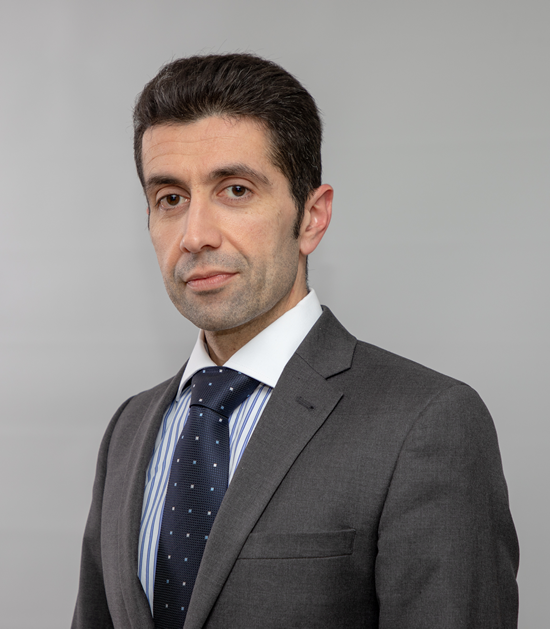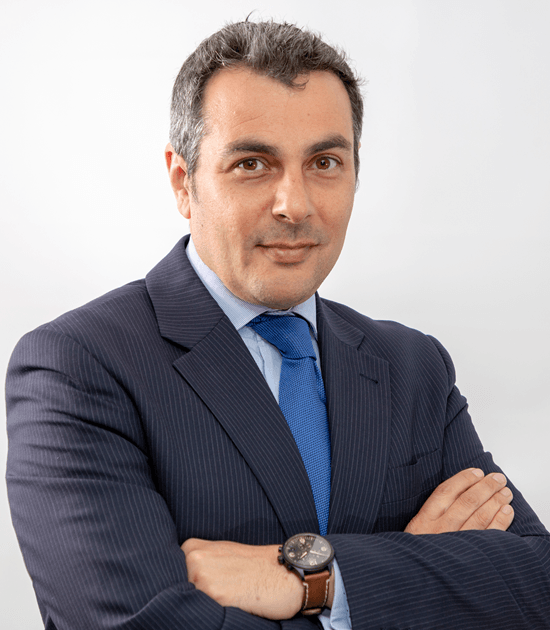Finding the Right Balance for 2021- Merill Strategic Balanced Fund


In a recent presentation on BrightTALK the portfolio managers of the Merill Strategic Balanced Fund, Dr Mark Azzopardi and Mr Marc El Lazidi gave an overview on how the fund has been positioned as to minimise impact and maximise potential. This article provides an insight into how this was achieved by the portfolio managers.
The period across 2020 and the start of 2021 has been one with unprecedented changes in many key areas of the global market, and as the world slowly puts itself back together, finding the right balance in the new context is crucial.
At the end of 2019, we were already predicting an economic slowdown around mid-2020, and as such the Merill fund was angled towards a more defensive position with heavy holdings in sovereign bonds and cash. This prediction was not only proven correct but massively accelerated due to the COVID-19 crisis. As a result, the fund was set perfectly in terms of both returns and diversification throughout the 2020 period.
Due to several factors at the end of Q1 2020, we began to make significant shifts in the Merill fund composition, a process that ran throughout last year. In March 2020, the quantitative easing measures of the US Federal Reserve came into effect, and at this time we began making large moves away from sovereign bonds as part of the March selloff. This overall led to capturing profits and a much reduced duration risk, as well as insulating against what we predict to be a steepening yield curve caused by the US Treasury effectively reducing rates to zero percent.
The second landmark for the Merill Strategic Balanced Fund in the financial year was in October 2020, when the reflationary trade kicked in on a global scale. At this point, the Merill fund was taken far more in the direction of high-yield bonds, a more lucrative concept as indicated by high-yield having an extremely strong Sharpe ratio in Q1 2021. Overall, across 2020 the exposure to investment grade and high-yield bonds doubled within the fund, while sovereign bond exposure dropped by half in order to capitalise fully.
In regards to the move into high-yield bonds, this was done in such a way to maximise yields but also to carefully avoid possible pitfalls. For this reason, oil as an option was avoided, as well as many areas centred around the south of Europe, as the uncertainty of the 2021 summer season in terms of tourism made this option more risky on balance.
Instead, we looked to the north of Europe, primarily Scandinavia, for our new portfolio focus. This region was particularly attractive as there was a more industry-centric economy which had been, and would continue to be, far less affected by the pandemic. In addition, when it came time for the reflation trade to begin, we predicted that these industries were likely to see some of the best positive effects.
In terms of the holdings added to the fund, there are 4 highlight industry areas of note. Firstly, financial services have remained strong across the Nordic regions, with holdings supported by a positive demand for loans and a robust deposit margin, promising strong revenue growth through 2021.
Similarly, our holdings in global agriculture production and logistics have proven equally resilient to the pandemic situation, seeing significant growth throughout 2020 and now maintaining leadership positions in multiple crop areas. Likewise, holdings in the scientific testing sector have seen not only stable revenue but also steady revenue growth throughout the pandemic, by virtue of a position at the forefront of the fight against COVID-19 through technological innovation and an extremely agile response.
Finally, the fisheries sector in the Nordic region has proven to be one of the most resilient of the equity holdings acquired, where revenue was minimally affected through 2020 despite major shutdowns and limitations in the labour force, as well as significant disruption to supply chains. This has indicated to us that, as agriculture and food production normalises globally through 2021, this is an area that will see a strong financial year.
There are of course multiple unprecedented areas which have had and continue to have a major impact on bond performance. However, thanks to strong predictive foresight and market moves, we believe the Merill Strategic Balanced Fund is well positioned to remain strong in what remains to be uncertain times.
This article was compiled by Dr Mark Azzopardi, Director of Asset Management, and Mr Marc El Lazidi, the Chief Investment Officer at Jesmond Mizzi Financial Advisors Limited (‘JMFA’) which is licenced by the Malta Financial Services Authority (‘MFSA’). Merill SICAV plc is incorporated and licensed as an open-ended Collective Investment Scheme, registered in Malta, qualifying as a Maltese UCITS in terms of the UCITS Directive with effect from the 16th October 2015. The value of the investment and the income are not guaranteed and may go down as well as up. Currency fluctuations may also effect the value of the investment.
Investments should be based upon the details contained in the Prospectus and Key Investor Information Documents (KIID’s), which may be obtained from JMFA at 67/ 3, South Street Valletta. JMFA and Merill SICAV plc are regulated by the MFSA of Mdina Road, Zone 1, Central Business District, B’Kara.
This article has been prepared for general guidance and does not constitute professional advice.
